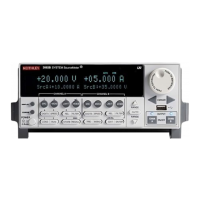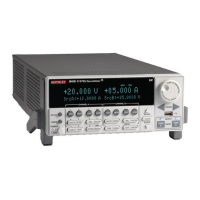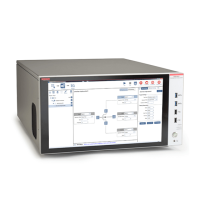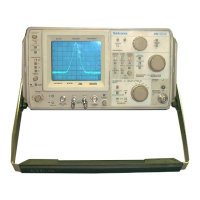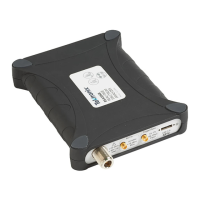Pulser operation
This section contains information specific to using the pulser capabilities of the 2601B-PULSE. The
pulser generates fast-edge current pulses and measures current and voltage.
Pulser operation must be set up using TSP commands through a remote communication interface.
For information on setting up remote communications, refer to Remote communication interfaces (on
page 2-12).
To use the pulser, you must configure a trigger model. Refer to Using the trigger model (on page 4-32)
for detail.
When the pulser is enabled, there are the following differences in source-measure unit (SMU)
functionality:
• You can only source current (not voltage).
• If the output exceeds a maximum pulse width, maximum duty cycle, or the specified protection
level during a sweep, the 2601B-PULSE output is shorted, but the sweep continues with no
source output until it is finished.
• Some SMU settings are ignored; see Settings ignored when the pulser is enabled (on page 4-27)
for details.
• The smua.trigger.source.pulsewidth and smua.pulser.measure.delay attributes
provide more precise timing than you can achieve using the
smua.trigger.endpulse.stimulus and smua.trigger.measure.stimulus attributes.
• Some of the output-off modes behave differently:
▪ OUTPUT_NORMAL: The output circuit is shorted when this output-off mode is selected.
▪ OUTPUT_ZERO: The output circuit is shorted and measurements cannot be made when this
output-off mode is selected.
• You cannot use contact check.
• You cannot make measurements when the output is off.
• Compliance limits (smua.source.limitY) are not used to control the output. Pulser protection
levels are used instead. Refer to Pulser protection circuit (on page 4-4) for information.
If the output is on and you enable or disable the pulser, the output is automatically turned off.
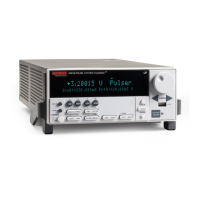
